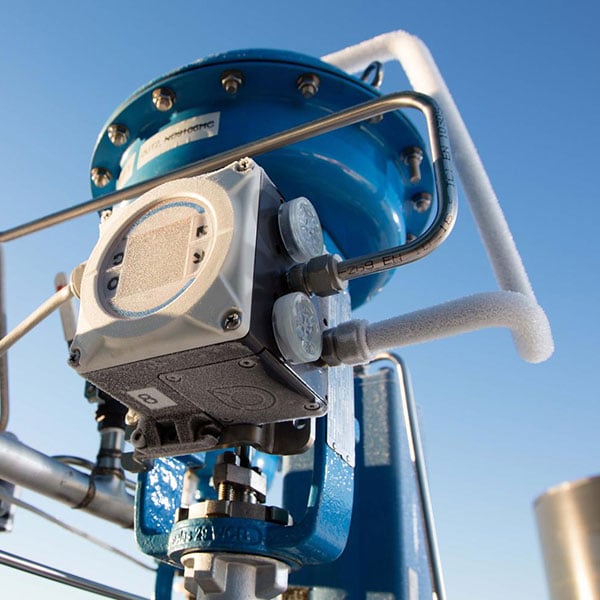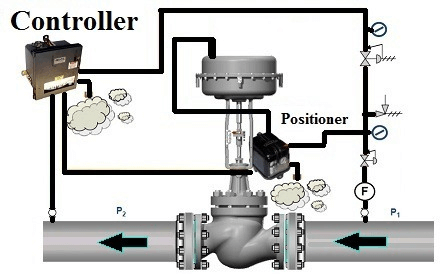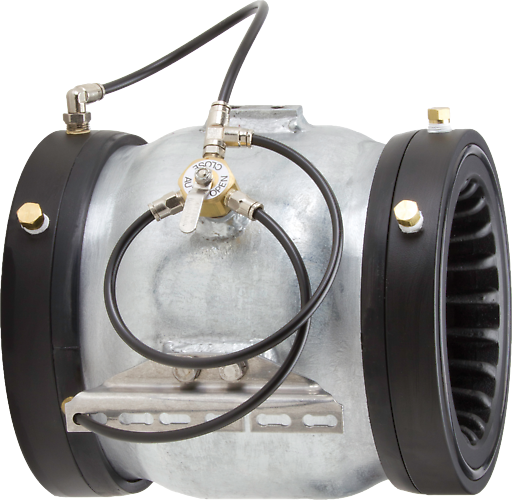Exploring the Functionality of Modern Control Valves in Industrial Applications
Exploring the Functionality of Modern Control Valves in Industrial Applications
Blog Article
Achieve Seamless Assimilation and Control With Quality Structure Automation Controls
In the world of modern structure administration, the significance of quality building automation controls can not be overstated. Embracing quality building automation controls is not simply an issue of comfort yet a critical necessary for companies intending to optimize their facilities' efficiency and sustainability.

Advancement of Building Automation Controls
Throughout the previous few years, the advancement of developing automation controls has dramatically transformed the way buildings are managed and run. Building automation systems mostly concentrated on basic functions such as controlling air, air flow, and heating conditioning (COOLING AND HEATING) systems. As innovation progressed, these controls have come to be more sophisticated, enabling for a larger range of building systems to be incorporated and handled centrally.
The evolution of building automation controls has seen a shift towards more intelligent systems that can adapt to transforming conditions in real-time. This adaptability is vital for maximizing energy performance and ensuring occupant convenience. In addition, modern structure automation controls now supply attributes such as anticipating upkeep, remote surveillance, and information analytics, allowing facility supervisors to make data-driven choices to boost structure performance.

Advantages of High Quality Integration
The advancement in building automation regulates in the direction of even more intelligent systems has highlighted the significant advantages of high quality assimilation in maximizing building procedures and enhancing total efficiency. Quality integration of building automation controls offers several essential advantages. To start with, it leads to improved power efficiency by enabling different systems to interact perfectly, making certain optimum efficiency and minimizing power wastage. Secondly, quality assimilation boosts owner convenience and efficiency by allowing personalized control over environmental setups like air, temperature level, and lighting high quality. This modification can cause a more comfortable and favorable working or living environment. Furthermore, high quality integration simplifies upkeep and troubleshooting processes, as all systems are interconnected and can be monitored and regulated from a centralized user interface. This centralized control additionally offers much better visibility and understandings right into building efficiency, making it possible for positive upkeep and optimization strategies. In general, the advantages of quality combination in building automation controls are undeniable, using increased efficiency, comfort, and functional effectiveness.
Enhanced Individual Experience and Accessibility
Enhancing customer interaction with building automation manages via instinctive design and boosted accessibility boosts the total experience for occupants and center managers alike. By concentrating on customer experience, building automation systems can come to be extra straightforward and efficient. Intuitive user interfaces, clear navigating, and customizable setups equip individuals to communicate with the controls conveniently and effectively.
Ease of access features play an essential function in making sure that all individuals, consisting of those with specials needs, can use the building automation controls effortlessly. Integrating functions such as voice commands, tactile switches, and color-contrasted screens can boost accessibility and make the controls a lot more comprehensive.
Furthermore, enhanced user experience causes higher customer fulfillment, description raised performance, and better decision-making. Owners can change ecological setups according to their preferences, while facility supervisors can effectively keep an eye on and manage building systems - control valves. Overall, focusing on user experience and availability in building automation regulates adds to an extra seamless and productive structure environment for all stakeholders included
Sustainable Practices Via Automation

Moreover, automation can assist in the assimilation of eco-friendly power sources such as solar panels or wind generators right into structure procedures. Through automation, structures can straighten with modern-day sustainability objectives and add to a greener future.
Future Trends in Building Control Equipment
In expectancy of evolving see this here and advancing modern technologies sustainability practices, the trajectory of building control systems is positioned to welcome transformative approaches and ingenious options. One popular trend shaping the future of structure control systems is the raised assimilation of Expert system (AI) and machine learning. These innovations allow structures to adjust in real-time to changing conditions, maximizing energy consumption and boosting convenience for passengers. Furthermore, the Internet of Points (IoT) is changing structure control systems by connecting devices and sensing units to enhance and streamline procedures effectiveness.
An additional essential pattern is the focus on cybersecurity procedures to safeguard versus possible risks to developing automation systems. As buildings end up being extra interconnected, guaranteeing durable cybersecurity protocols will be vital to protect sensitive information and stop unapproved access.
Furthermore, the change towards cloud-based systems is obtaining energy, allowing for systematized control and remote access to structure systems. This helps with much easier monitoring, upkeep, and updates, enhancing the overall performance and flexibility of structure control systems. As modern technology proceeds to advance, these trends are anticipated to shape the future landscape of building automation controls, driving innovation and sustainability in the built environment.
Conclusion
Future patterns in structure control systems are most likely to concentrate on more enhancing automation capacities for enhanced power performance and general efficiency. It is necessary for structure owners and drivers to focus on the adoption of top quality structure automation manages to optimize structure operations and attain long-lasting sustainability goals.
In the realm of modern-day building monitoring, the relevance of high quality building automation controls can not be overemphasized. Generally, the development of structure automation manages pop over here continues to drive technology in the building monitoring industry, offering brand-new possibilities for producing smarter and more lasting buildings.
The advancement in structure automation controls towards even more smart systems has actually underscored the substantial benefits of top quality integration in enhancing building operations and improving total efficiency. On the whole, prioritizing individual experience and access in structure automation regulates contributes to a much more effective and smooth building atmosphere for all stakeholders included.
It is necessary for structure owners and operators to prioritize the adoption of high quality structure automation regulates to optimize building procedures and attain long-term sustainability goals. - control valves
Report this page